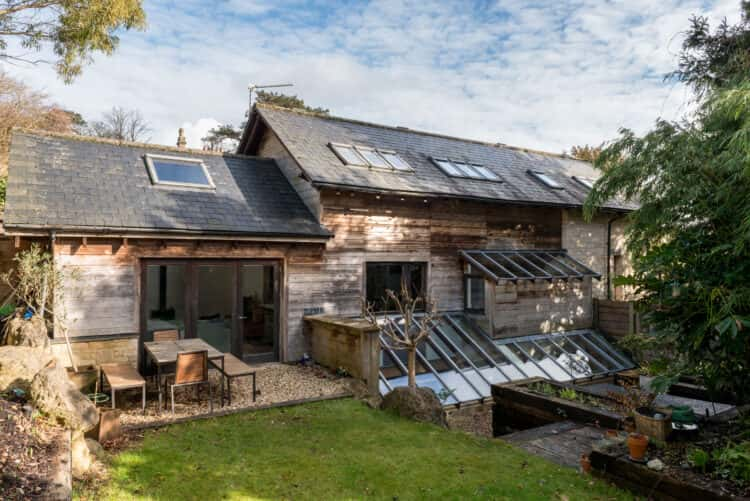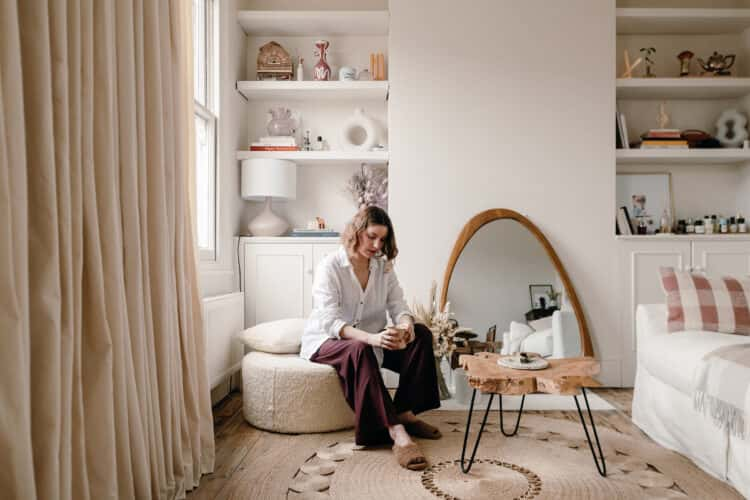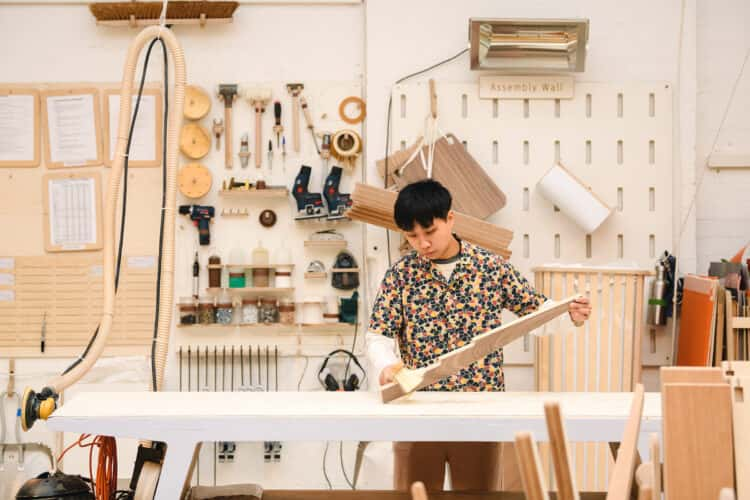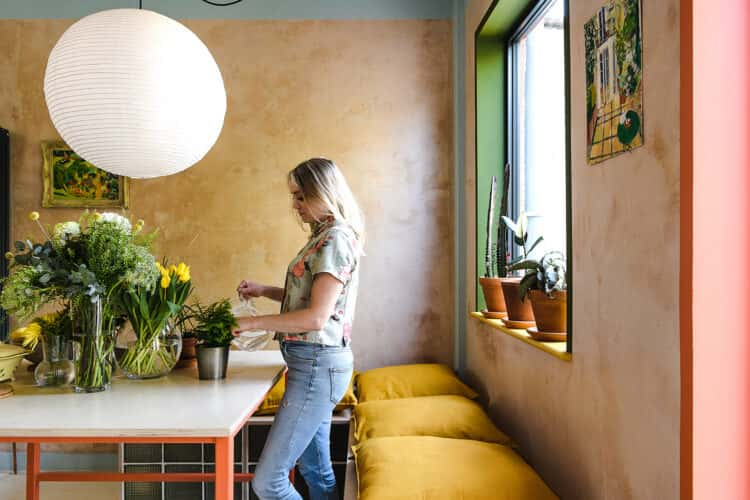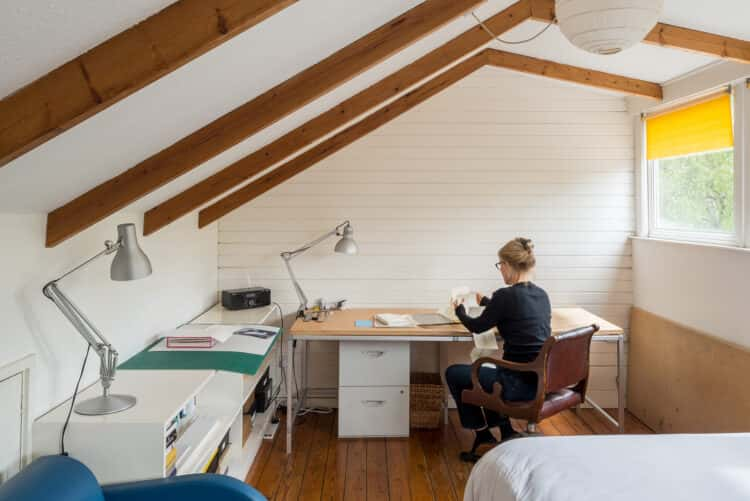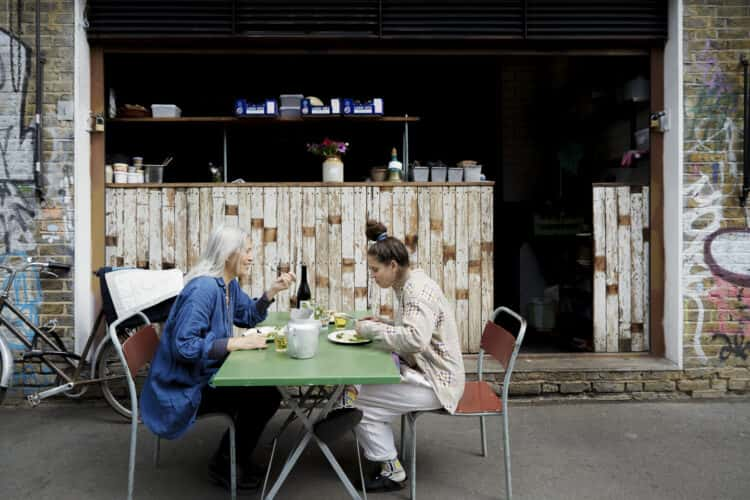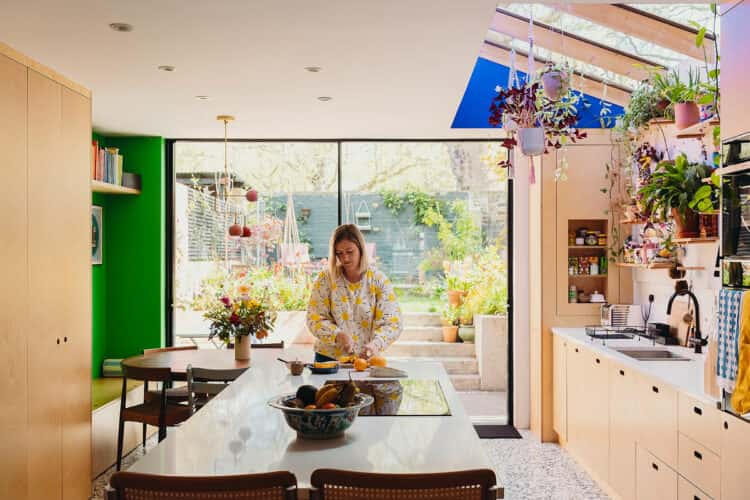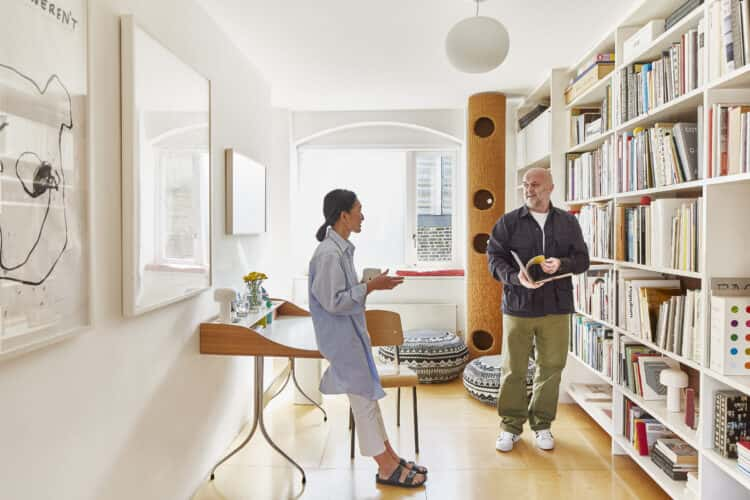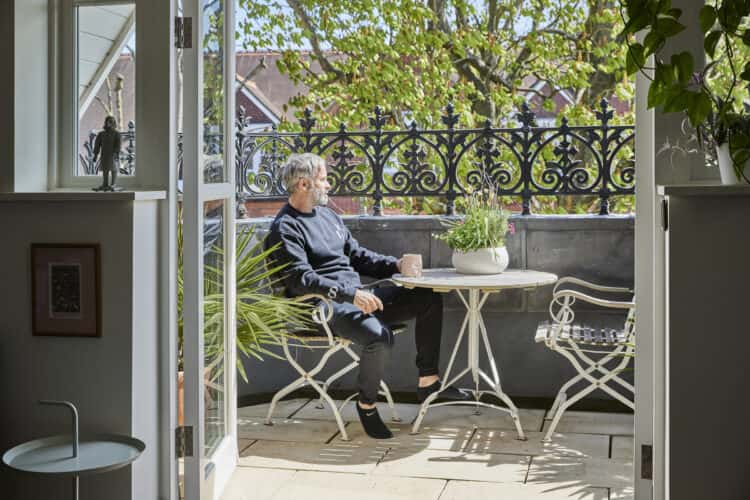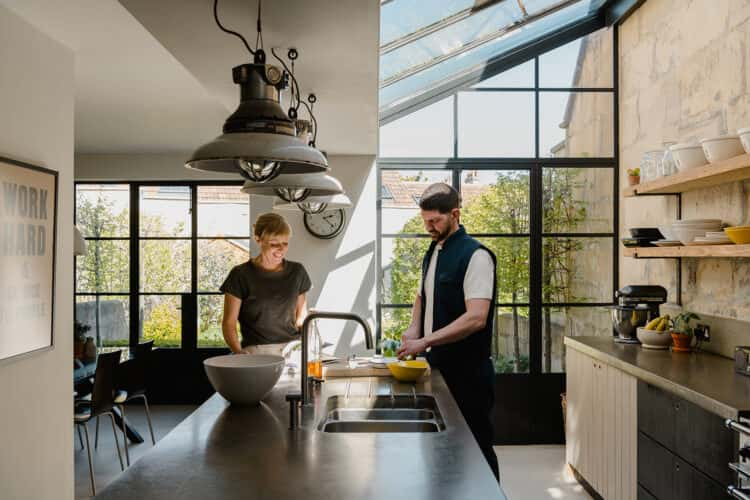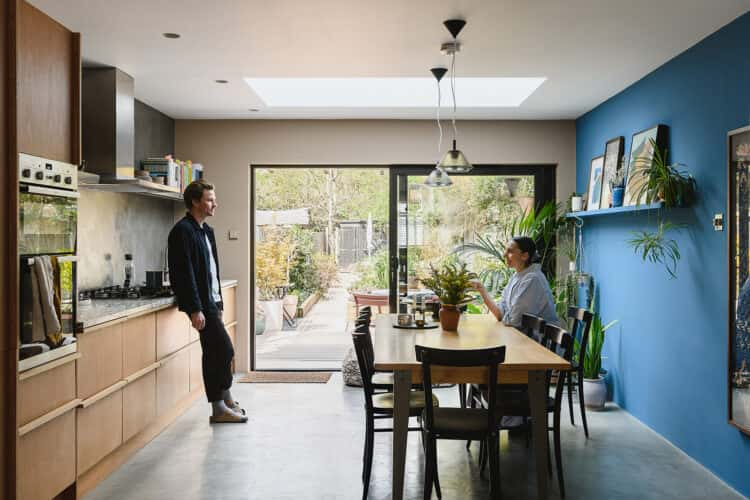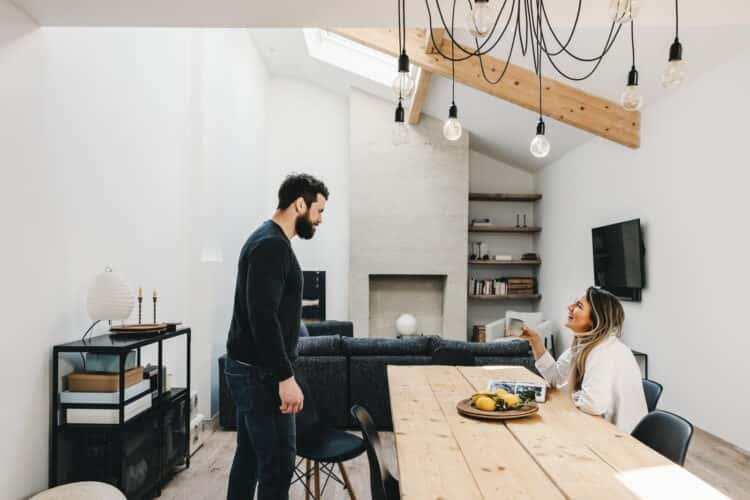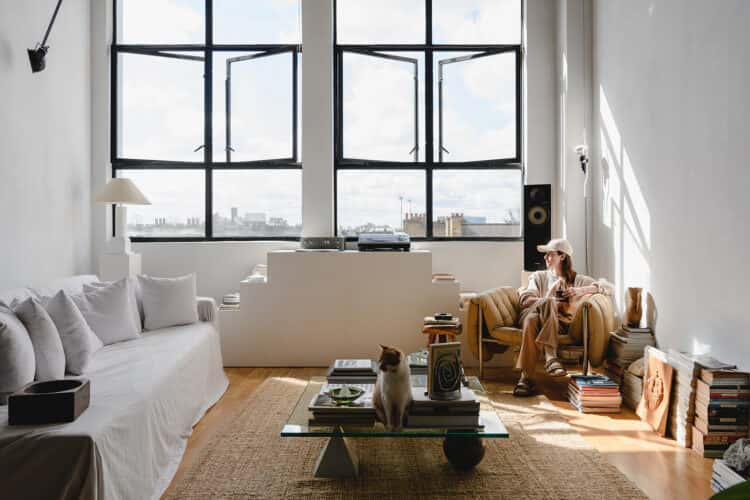Open House: architect and artist duo John and Gill Hewitt on the sustainable timber-framed home they designed in Bath
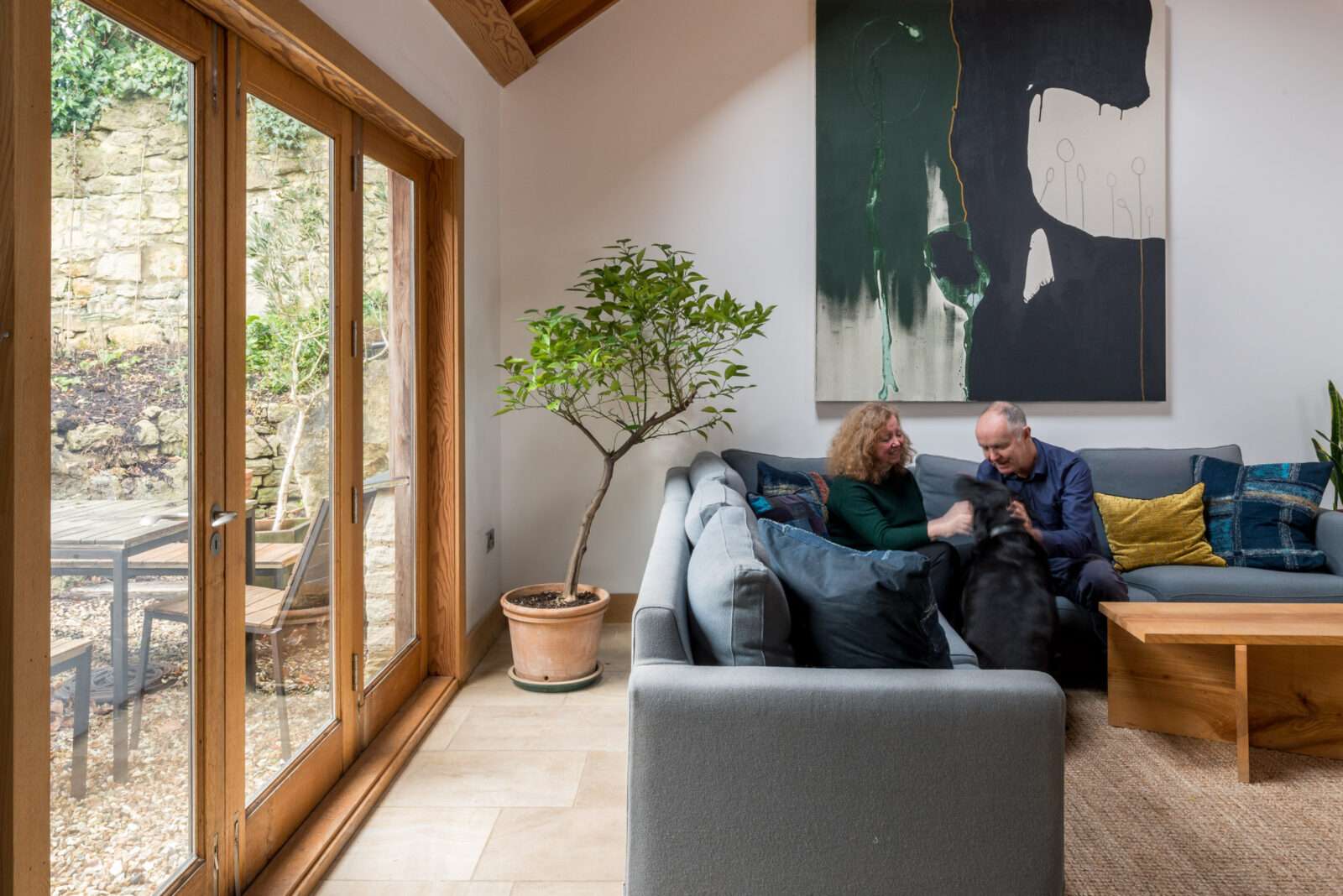
Now, two decades on from building the house, John and Gill are looking to downsize and take on a new sustainable project in the countryside. As their house comes onto the market, we caught up with them to learn more about their approach to sustainable architecture, the importance of the natural environment in design, and how the house’s flexibility has supported their family, architectural practice, and Gill’s work as an artist.
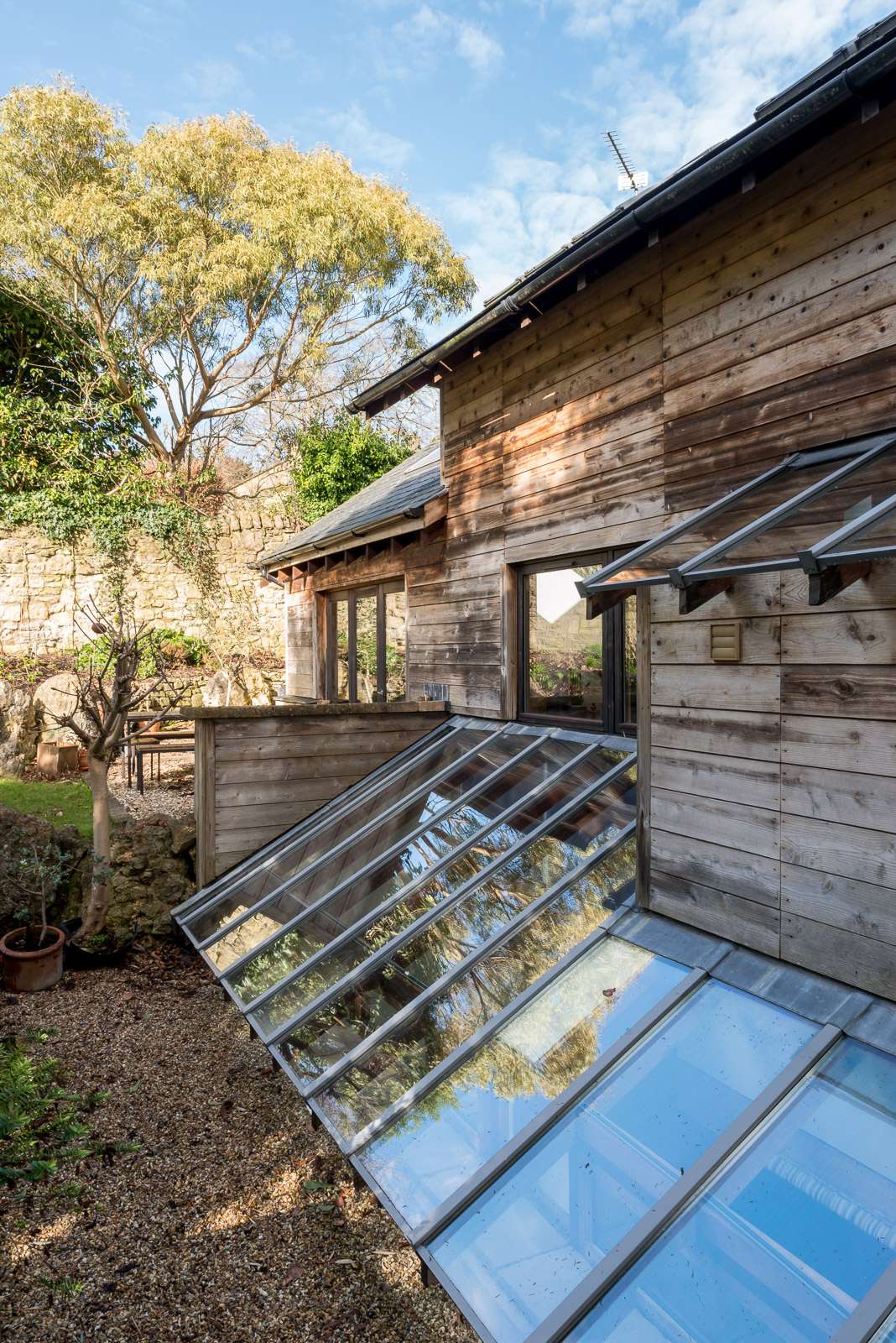
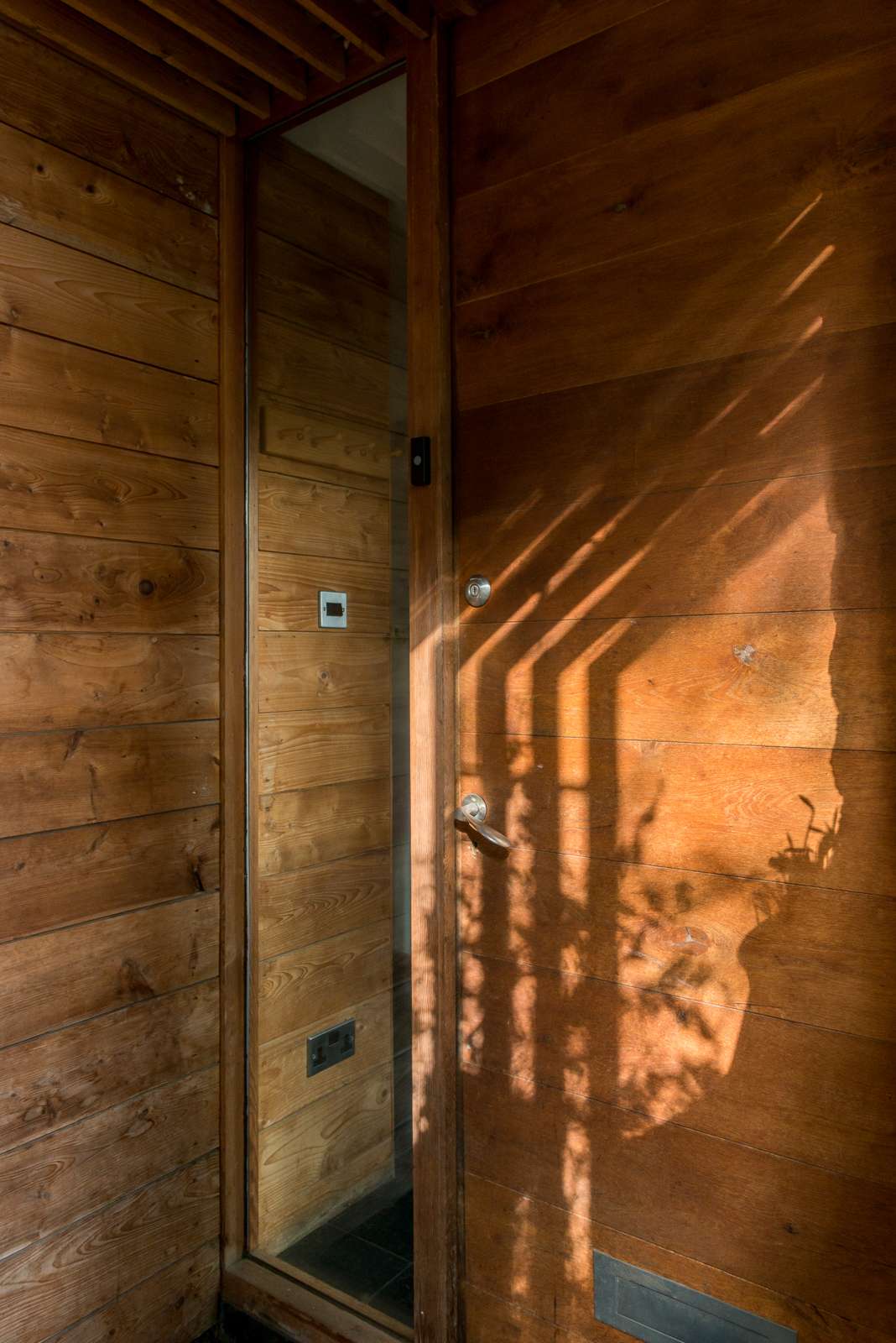
John: “One of the things we value most about our home is its sense of place among the trees. The sloping site had been used as a vegetable garden and glasshouse. It was quite overgrown when we purchased it, but we set out to make the most of its potential. We designed all the spaces to relate closely to the adjacent trees, and the quality of light and shadow created within the house is always changing as a result. It’s a constant delight.”
Gill: “Modern living for us is about being connected to the natural environment. Spaces should be light and uplifting, and we wanted to create a versatile home that could adapt to our changing needs. It had to be economical to run and maintain, to be environmentally friendly and to create minimal waste in its construction.”
John: “Most of the materials we used are local, and we avoided anything that was hard to recycle or contained ozone-depleting chemicals. Limestone was sourced from the Cotswolds and cedar timber cladding from an estate in Hampshire – sympathetically introducing something new into the Bath World Heritage conservation area.
“We used Douglas fir for exposed internal beams and green oak members from a sawmill on the banks of the River Wye in Herefordshire. The timber structure spans the full width of the house. Many of our projects explore expressive timber frame technologies and here none of the internal walls are load-bearing, which offers flexibility in the planning of the internal space. Since the initial build, for example we have combined two of the smaller bedrooms into a single large bedroom.”
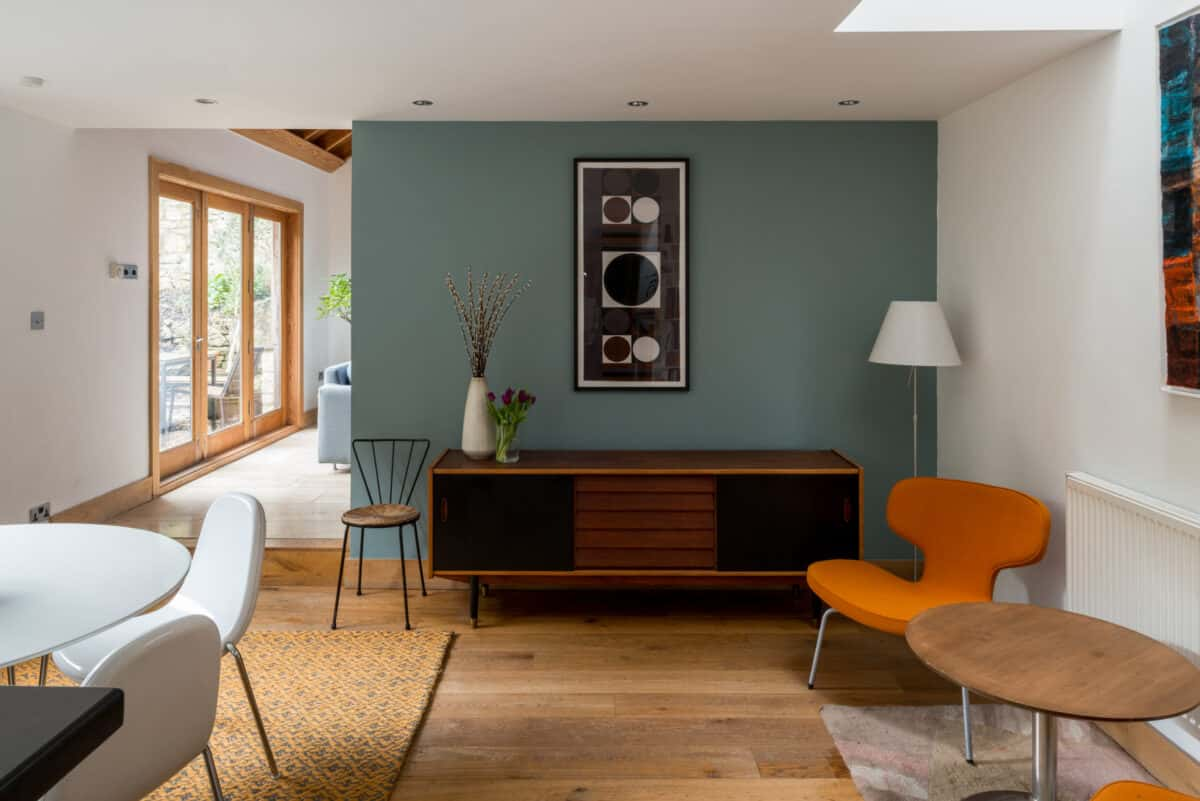
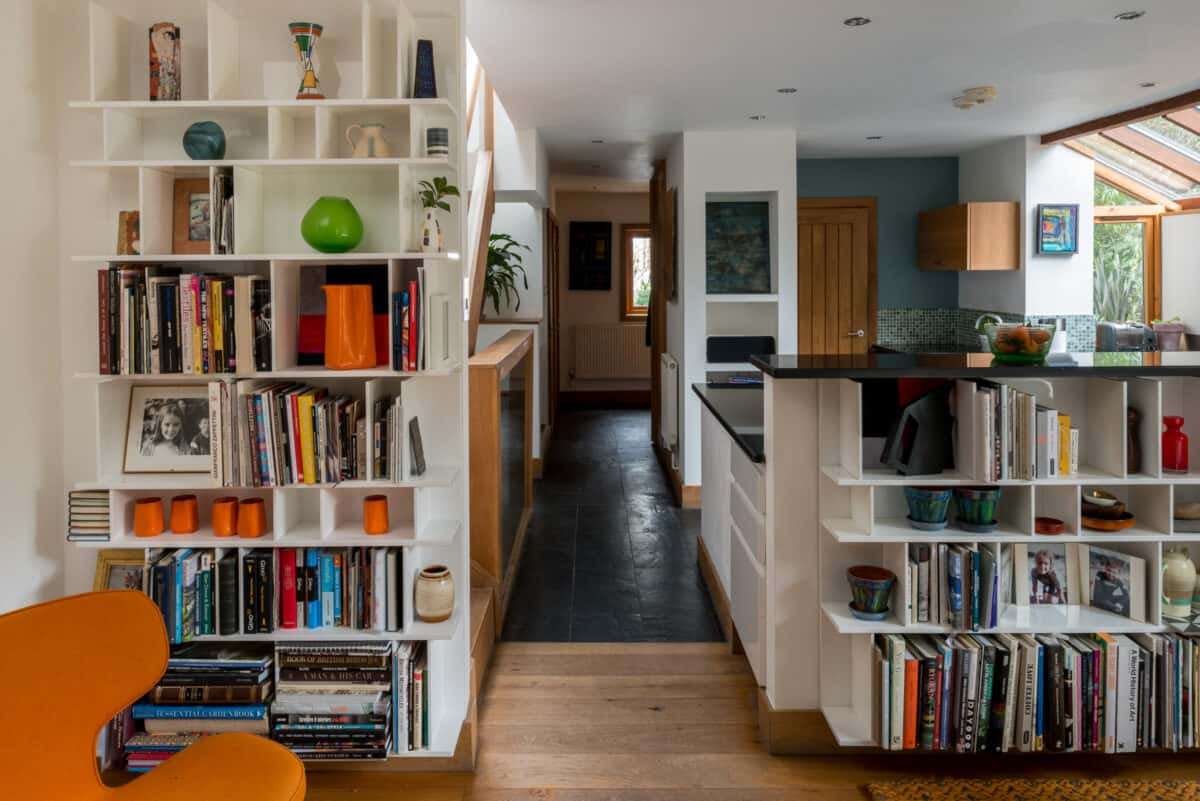
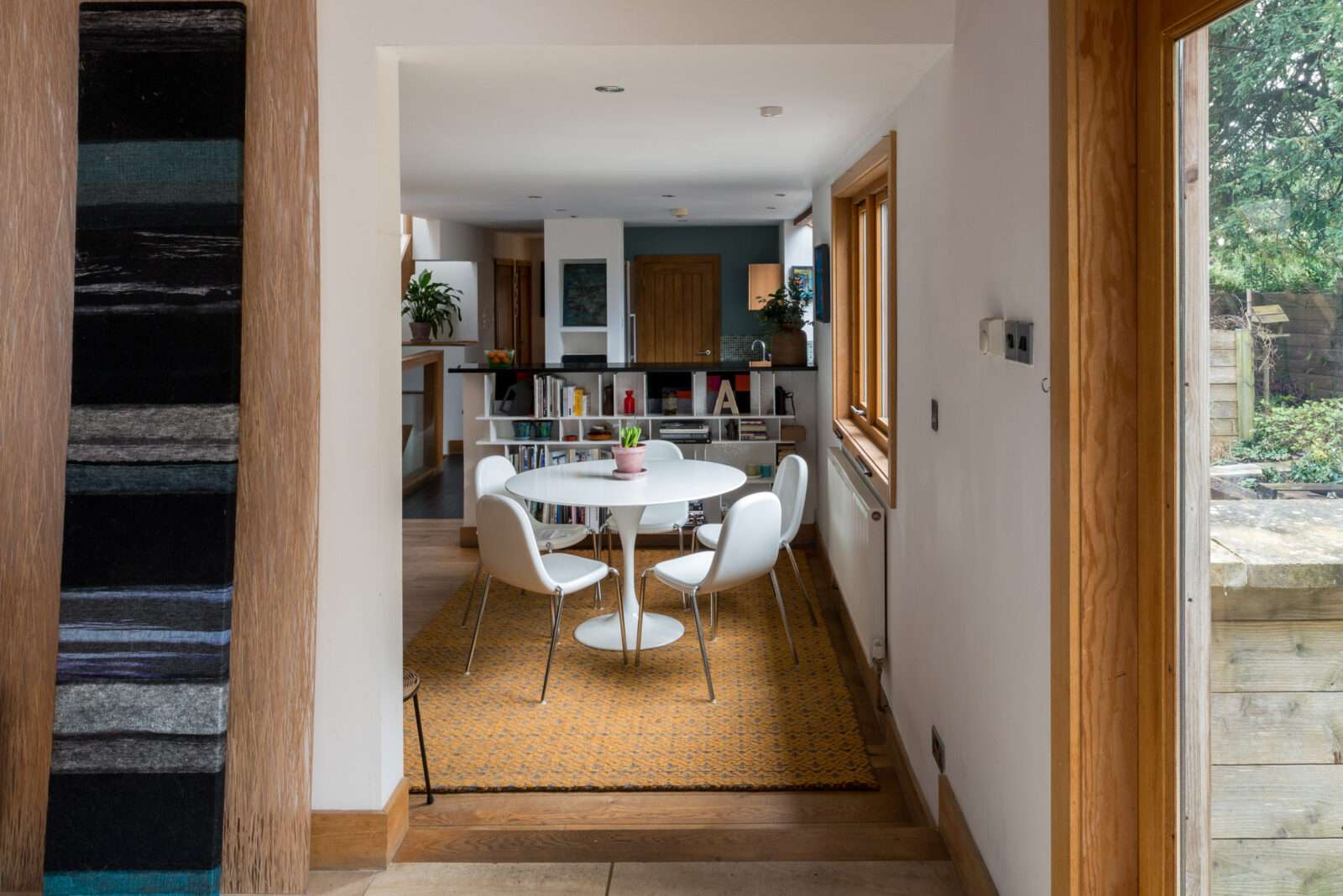
Gill: “Our requirements of the house have changed substantially over time – some spaces have been used variously as a sitting room, bedroom, architectural practice, art studio and gym. But whatever the use, the house has been designed to moderate external temperatures naturally, so it is always airy and comfortable. I don’t think we necessarily have a favourite place – it depends on what we’re doing, the season, the weather and the time of day.”
John: “A good interior should unify and enrich a space and, as the house has evolved, we have gradually collected furniture and artwork that suits it. We are interested in Scandinavian and Japanese design – objects that use natural materials and have a distinctive character and provenance. Along with work by mid-century British artists, like John Piper, there is furniture by Ron Arad, Arne Jacobsen and Eero Saarinen, as well as the bed and coffee tables that I made. Much of the contemporary artwork and textiles were created by Gill right here.”
Gill: “Outside there are three distinct dining and seating areas, one of which is paved with flagstones, the others with gravel. The lower dining area is perfect to use for lunch on even the hottest of days, as it’s shaded by the trees.
“We use the terrace with the fire pit at the end of the lawn as a sitting area in the evening and the terrace adjacent to the sitting room as an informal dining area, which is in regular use. We often open the folding glazed doors, so the garden becomes a seamless part of the internal living space.”
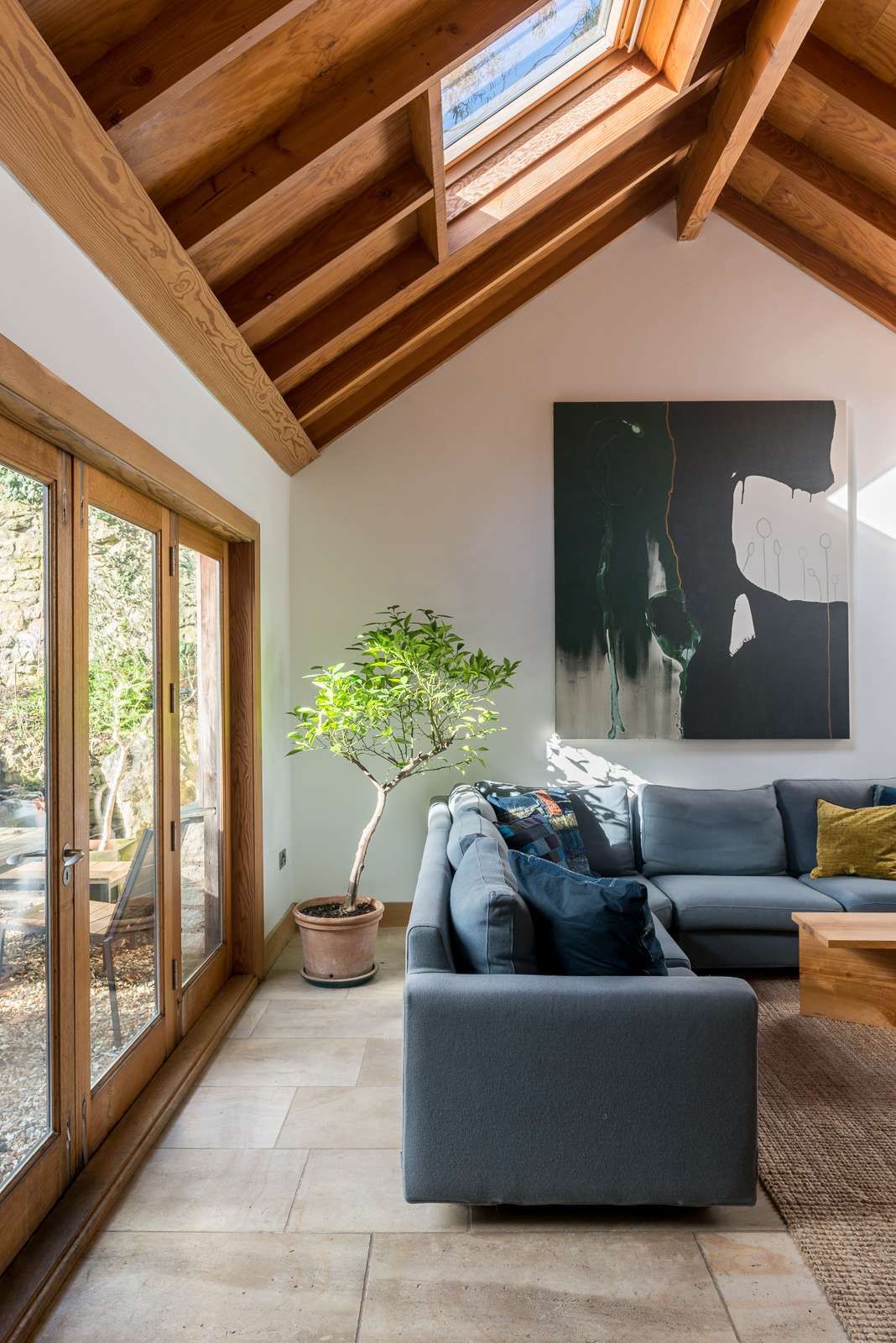

John: “It has always been a very happy and tranquil place to live. The house has supported the growth of our family and provided an extraordinary place in which to live and work, allowing us to live informally and pursue many creative interests.
“The location is brilliant – a fifteen-minute walk from the centre of a vibrant city yet totally private with easy access to the countryside and the M4. We often walk down through Victoria Park and past the Royal Crescent, and the Botanical Gardens are a regular destination. We’ve always maintained enjoyable creative and research links with both universities in Bath.”
Gill: “It has been a great house for us but now it’s time for a change and, as designers, change is something which we have always embraced as an exciting new opportunity. This house is very much of its place – a design response to its specific context – and we will adopt the same approach on our next project, continuing to explore timber frame structures and sustainable technology.
“We will miss the excellent neighbours but our memories of the time we have enjoyed here will remain – we will also miss the familiar plants, which return as welcome markers of the changing seasons and the birdlife.
“This house was designed to be adapted and can readily change to meet the needs of the next owner. We hope that whoever lives here after us will find their lifestyles enriched by this flexibility and that it continues to delight them in the same way it has us.”
